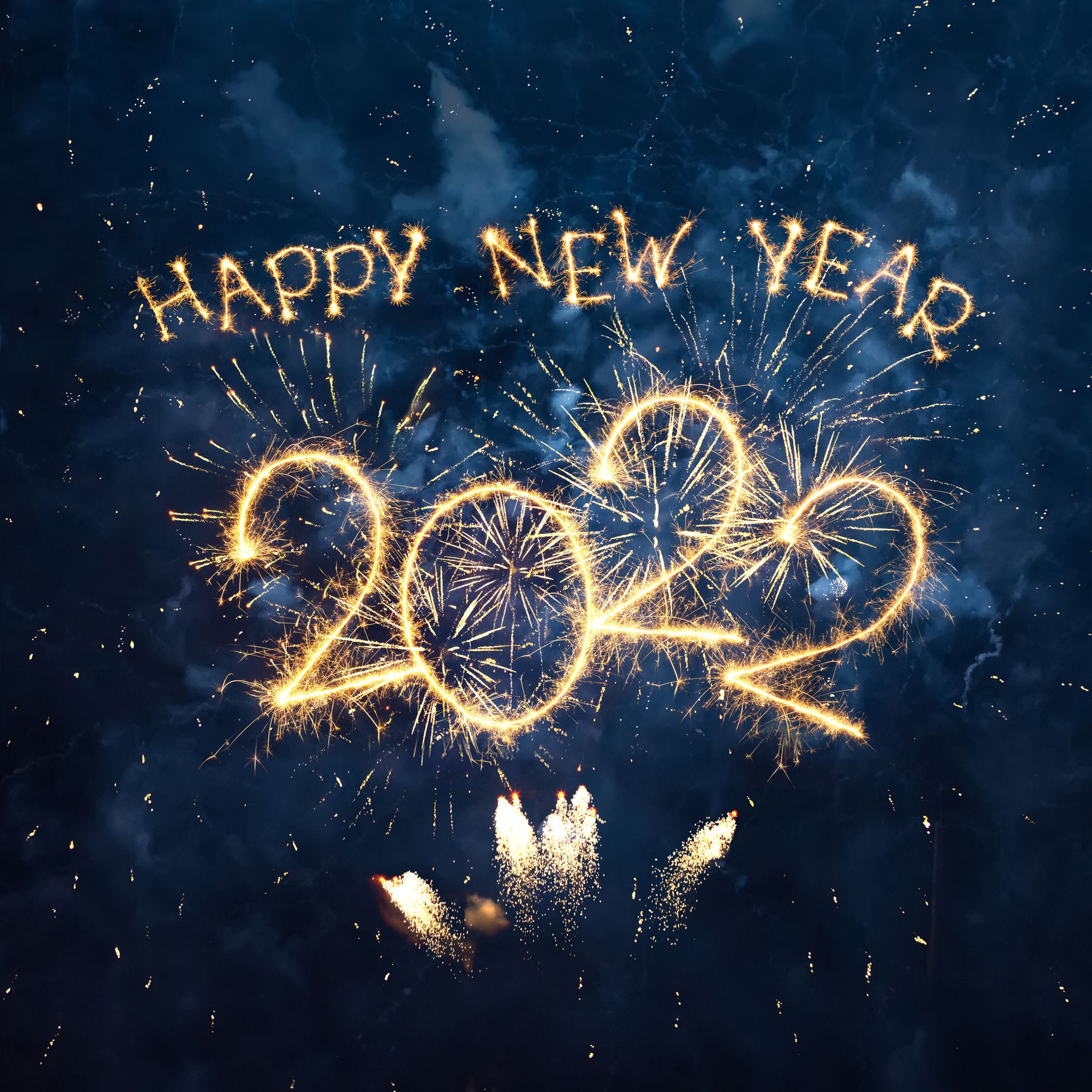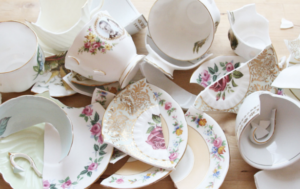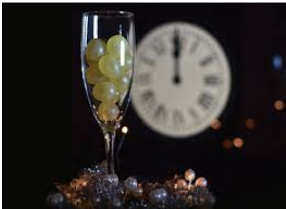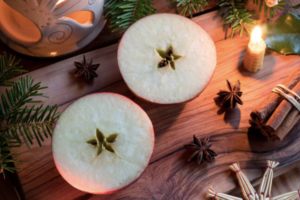
The Scripps National Spelling Bee
UPDATE: Congratulations to our winners!
1st place: Daniel T., 6th grade
2nd place: Jillian C., 7th grade
3rd place: Jordan R., 6th grade
by Milan Riley
It’s that time of year again: Spelling Bee Season! Spelling bees were designed to help students improve their spelling skills and broaden their vocabulary. Every year, the Scripps National Spelling Bee is held, giving students from across America an opportunity to participate in an exciting event with a long and storied history.
The History of Scripps National Spelling Bee
In 1908, the National Education Association (NEA) held what is recognized as the first national spelling bee in America. Maria Bolden, a 14-year-old girl from Cleveland, was named the champion. Seventeen years later, the first annual Scripps National Spelling Bee was held in Washington, D.C on June 17, 1925. The event was sponsored by The Courier-Journal, a newspaper in Louisville, Kentucky. The Courier-Journal was the result of a merge between nine newspapers, and it started the event to promote literacy in America. Nine finalists competed in this occasion, with 11-year-old Frank Neuhaser of Kentucky placing first by spelling the word “gladiolus” correctly. Frank received $500 in gold coins for this feat. Now, more than 90 years later, the Scripps Spelling Bee has become a beloved tradition, televised around the world.

The nine finalists of the first Scripps National Spelling Bee.
The Current National Spelling Bee
After The Courier-Journal, the E.W Scripps Company became the non-profit sponsor for the Scripps National Spelling Bee. This year, in 2022, there will be 562 contestants and the bee will be televised to nearly 120 million households. Each year’s winner of the National Scripps Spelling Bee receives a $50,000 cash prize, commemorative medal, and the Scripps Cup. In addition, Merriam-Webster, a publishing company best known for their well-regarded dictionary, awards the champions $2,500.
Merriam-Webster Unabridged is the official dictionary of the Scripps National Spelling Bee. The Bee and Merriam-Webster have worked together for over 50 years to bring challenging words to the event.

The Scripps Cup
Rules of the Spelling Bee
Participants in the spelling bee cannot be older than 15 as of August 31 in the year before the competition. In addition, they cannot be past the 8th grade as of February 1 in the year of the spelling bee. In addition, previous winners are not allowed to compete again. Finally, to qualify for the Scripps National Spelling Bee (SNSB), the contestants’ schools must be officially enrolled in the SNSB program.
Contestants can ask for alternate pronunciations, parts of speech, definitions or for the word to be used in a sentence. If a student spells their word correctly, they move onto the next round. If a student spells their word incorrectly, they’re eliminated. However, if all contestants spell their word incorrectly in a round, the round is redone with every contestant of that round.
A contestant’s answer is formatted specifically, first they repeat the word, spell the word, and say the word again to indicate they’re finished. Students can start over in the middle of spelling, although they cannot change the letters, or their order, that they already said. In addition, capitalization and punctuation is not needed when spelling a word.

A tense moment during the Scripps National Spelling Bee
The Science Academy 2022 Spelling Bee Finalists
This year, the Science Academy is pleased to congratulate the following students for winning their class bees:
6th grade
Kaden S.
Jordan R.
Daniel T.
7th grade
Jordin L.
Jillian C.
Medha P.
8th grade
Ryan L.
Payton S.
Jebin L.
The School-Wide Spelling Bee will take place on Wednesday, February 2, 2022 in the auditorium from per. 2 to per. 4. Parents and guardians are invited to attend. The one winner of the School Bee will advance to the Regional Spelling Bee on Sunday, March 13, 2022. The one overall winner of the Regional Bee will progress to the National Spelling Bee, which will take place the week of Memorial Day 2022 at Gaylord National Resort and Convention Center in National Harbor, Maryland. Good luck, everyone!
Edit: The winner of The Science Academy STEM Magnet’s middle school spelling bee was 6th grader Daniel Tang. Congratulations and good luck at the regionals on March 12th!
Read More
Special New Year’s Eve Traditions Around the World
by Julia Shin
As Edith Lovejoy Pierce, a 20th century poet, once said, “We will open the book. Its pages are blank. We are going to put words on them ourselves. The book is called Opportunity and its first chapter is New Year’s Day.” Many people look forward to the new year and are excited for New Year’s Eve, a famous celebration, on December 31st. Many people attend New Year’s Eve parties where people eat, drink, and spend time with friends and family. In hopes of a good new year with good health, happiness, and prosperity, many countries have unique and fun New Year’s Eve traditions. Some unique traditions around the world include smashing plates and throwing white flowers into the ocean.

1. Denmark: Smashing Plates
If you visit Denmark on New Year’s Eve, you may be surprised to see smashed china at people’s front doors yet Danes find pride in broken dishes at their front door. In fact, the bigger pile of dishes in front of your house indicates more luck you will have in the upcoming year! A popular Danish tradition is to throw china at your friends’ and neighbors’ front doors. Many unused plates are saved for this unusual occasion. Smashing china, particularly plates, leaves behind any hostility or ill feelings before the new year.
2. Brazil: Throwing white flowers into the ocean & wearing colorful underwear.
White represents peace and, for this reason, white is incorporated into New Year’s Eve traditions in Brazil. For example, white is worn on New Year’s Eve and white flowers and candles are thrown into the ocean. Throwing flowers and candles are offerings given to Yemoja, the African Goddess of the Ocean (who is honored in both Brazil and Africa). These offerings are given in hope of a good new year. Although people in Brazil may wear white, they are still colorful! On New Year’s Eve, people’s underwear should be new and colorful. Different colors of underwear have different meanings. For example, yellow represents wealth, white means peace, pink indicates love, and red represents passion.

 3. Spain: Eating grapes in hopes of a good new year.
3. Spain: Eating grapes in hopes of a good new year.
When the bell strikes midnight, Spaniards will eat exactly 12 grapes, one grape at each of the 12 bell strikes after midnight. Losing count of how many grapes are eaten or bell strikes means bad luck. This tradition began in the 1800s when vine growers created this tradition to sell more grapes near the end of the year. However, this tradition became more popular and was later cemented as a yearly tradition. Therefore, supermarkets and street vendors sell little plastic bags of 12 grapes to sell to locals. Spaniards hope this tradition will bring a year of good fortune and success.
4. Czech Republic: Cutting Apples
An apple is cut on New Year’s Eve which determines everyone’s fate nearby. When cut, if the apple’s core looks like a star, everyone will gain happiness and health. However, if the core looks like a cross, then bad things are expected to come. For example, someone may fall ill at the New Year’s party.

So while many of you are familiar with the tradition of watching the ball drop in Times Square, enjoying the Rose Parade on New Year’s Day, and making resolutions for the new year, perhaps consider incorporating some of these fun traditions into your celebration next year!
Read More
